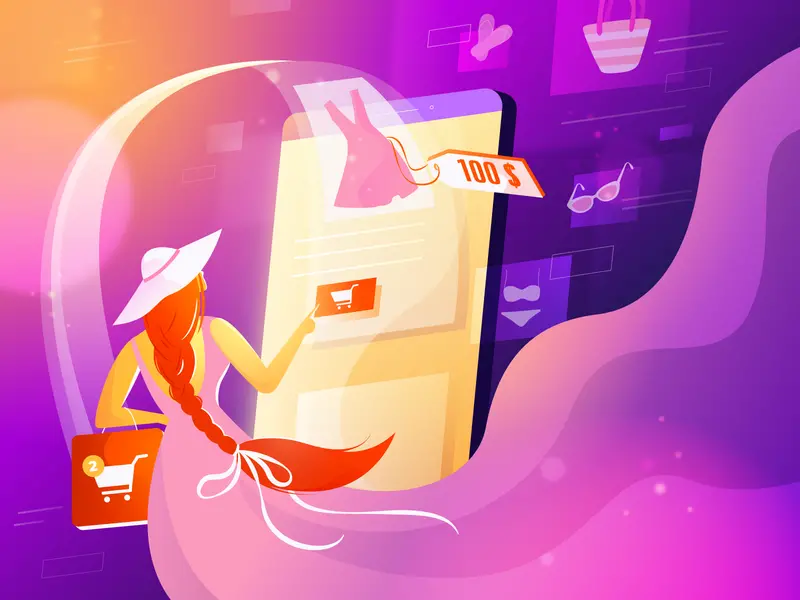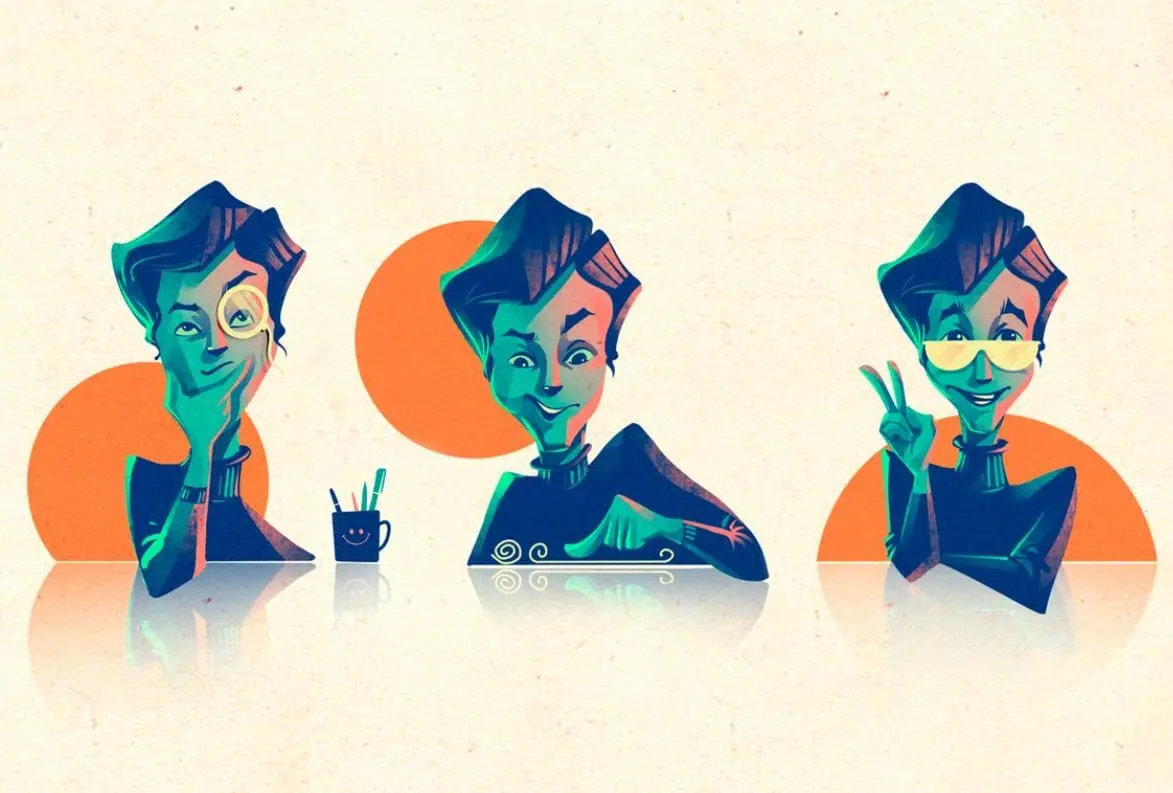The 3 Design Team Structure Types: Centralized, Embedded & Elevator?
Of course, there’s no secret potion in defining the right design team structure for your organization, but the key to success may be found at least in the understanding of the graphic design department structure of the team you already have and how it’s build-up.

How to build a design team?
If earlier the organizational structure of the product design team or any other design team dwelled on like any business – by сell division principle. When a team became too large, it was divided into 2 smaller divisions, etc. These 2 divisions eventually became 4 and so on. This scheme no longer works.
Instead, experienced companies tend to update their graphic design team structure by:
- adding new,
- renaming old,
- or consolidation of existing divisions.
Today, there are already company structures that are totally data-driven and rearranged as a result of an analysis of the strategy, market situation, existing structure, and other data.
Thus, while picking the right design team structure, it’s wise to understand that the organizational structure is the same tool as others that help achieve your business goals.
Which structure of the design team to choose?
So, let’s imagine that you’ve already found or built your perfect design team and the next step is to make a decision on how to organize these incredible people around your incredible design project.
Alas, there are many possibilities for graphic design department structure to speed up your design process and make it smooth and flawless. And here are some tips on how to choose your team and how they may be organized.
Centralized
Centralized design teams tend to work like real agencies meaning that they may work on different design projects within the company. The workload is traditionally managed by the design managers or the UX Director.
Pros
The benefits of a centralized design team are that they are easy to communicate and collaborate with, as well as share feedback within the design team.
Cons
However, there are flaws: they say in centralized teams the constraints may be discovered at the very end of the design process and iterations can be really slow. So, unworkable solutions may offer to take place alongside waste of time.
Embedded
The embedded design team structure is also known as decentralized or distributed teams structure is quite an opposite.
Pros
They have the following advantages:
- improve cross-departmental trust and collaboration.
- increase the speed of product development.
- provide designers with a chance to be experts on a specific type of project.
‘From creating wireframes to implementing UX/UI in JavaScript, embedded teams will add speed, efficiency, and cost-effectiveness to your product development process.’
(Blinkux)
Cons
Designers could feel isolated as distributed teams often may act from various locations or never see the client face to face, etc. Or the necessity of being surrounded by people who don’t share your perspective or skills may be exhausting and compromise the design solutions they offer.
Elevator
The elevator structure presupposes having on-demand teams at hand.
For instance, if we take the elevator as the centralized design team, we may have the ‘floors’ as other design teams. Those teams may call the elevator for a particular UX role and the elevator design team will provide such.
Pros
Some of the designers could have skilled requirements like brand design, conceptualization, copy, research, prototyping, or high fidelity/lean design. Sometimes to apply the elevator is wise when there are reasons like schedule gaps or lack of roles, etc. So, you may build a team with cross-skills to cover almost every project need.
‘Here designers can work on cross-design projects like design systems, best practices or support.’
(Uxdesign)
Cons
With many teams calling the elevator your team could collapse at the same time because they may become a part of the team with a low designer/developer ratio.
Inspired by: uxdesign.cc
Building a strategy for the graphic design department
Taking the time to develop a winning graphic design department strategy is the most important thing you can do to improve your organization or the team within the team. And you may do it in 5 easy steps:
- See the big picture.
Look at the whole project and identify measurable goals. The first thing to do to implement a strategy is to engage employees. An authentic team approach is the surest way to create an effective employee engagement strategy.
One way to create a more authentic design is to tie a forward-facing company culture with an outward-facing brand voice, and put it into the team’s focus.
- Find your competitive edge.
Determine where your goals should place you in the competitive market. Each team has its advantages for the product design product marketing and faster launch or presentation to the client, etc.
- Set quantifiable goals.
In fact, you’d better stay data-driven and set smart goals for the team, as well as for the business. Include precise sprints if you’re agile, choose the tools to measure amounts, workload, set the dates, and so on while you set your goals so you can measure your degree of success.
- Implement and evaluate.
The most important step in strengthening this connection is to clearly articulate the promises you make to your customers and the core values of your company. This clarity is a great way to make sure your employees feel connected to what they do. Provide feedback and get in touch as much as you can.
- Adjust over time.
Stick to your schedule. It makes sense to adjust your team to the data changes, track progress to avoid pitfalls in time and improve the cooperation models, etc. Again, apply modern methods and tools here to help your team communicate and so much more.
Conclusion
Thus at least three basic team structure types are now reviewed and clarified. You may choose any of 3 different design-team structures with their pros and cons to accomplish your product design and improve the communication and the content quality they produce on all levels. Don’t forget to provide your feedback to all the participants and measure success with your favorite tools. Good luck!


